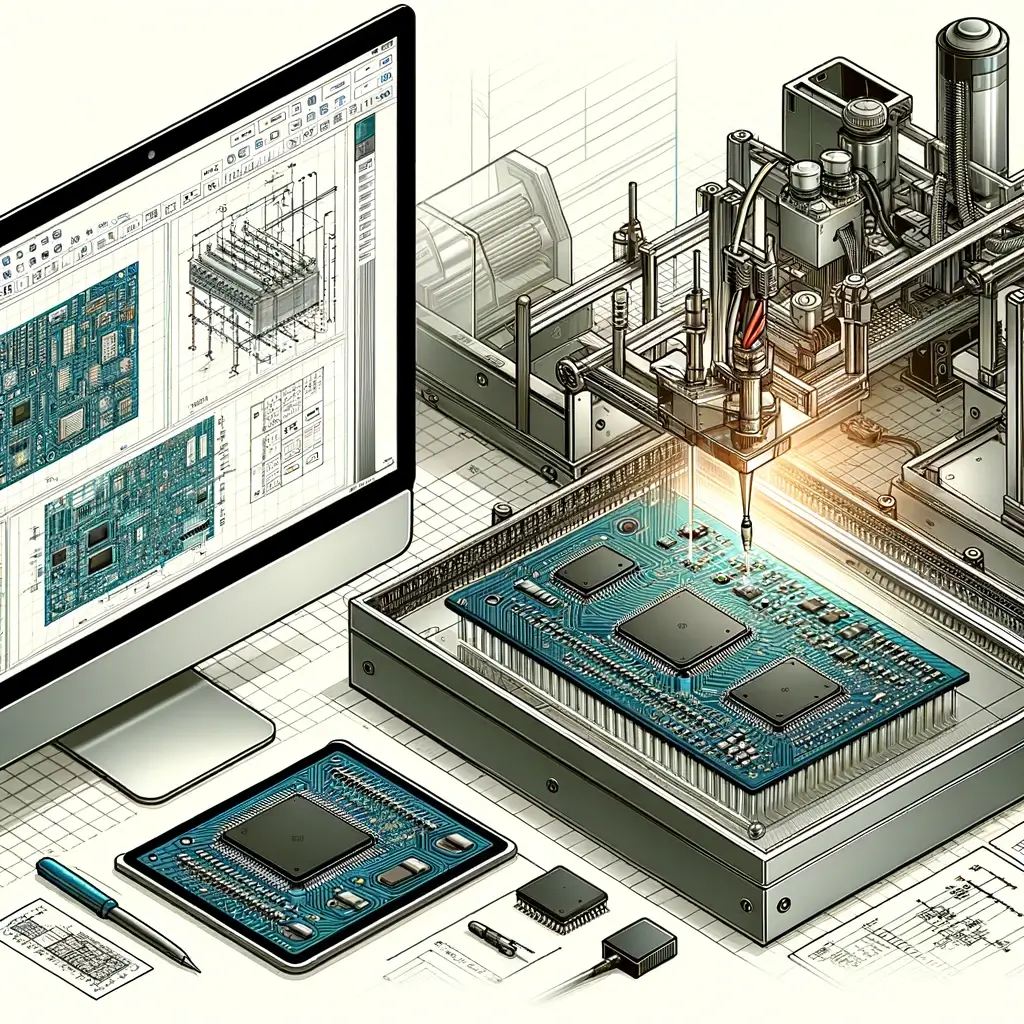In printed circuit boards, wires and traces are typically formed from copper because it is the least-resistant element apart from silver. Put an ohm meter over a trace and the DC resistance is almost negligible.
The same cannot be said of AC impedance. Impedance, unlike resistance, is based on frequency. All wires and traces will generate at least some impedance to current flowing from any driver. While, usually, you must have a fairly fast rise time for your signals for trace impedance to become a problem, it’s important that you be aware that trace impedance exists and can become an issue.
But why do we need to worry about trace impedance? Why does it exist and is it possible to control it? If you’ve heard the term “controlled impedance,” you are probably already aware that it is possible to control impedance. But to understand how and why, it’s important to understand a little bit about the nature of trace impedance.
How Trace Impedance Works
Every trace has a small, nearly indistinguishable series inductance distributed along the trace with an inverse relationship to the cross-section of the trace. As rise times increase, the resulting impedance becomes more noticeable. By the same token, each trace has capacitance distributed along the trace and the return path signal, which is a function of the width of the trace and the dielectric of the material between the signal return path and the trace. Once again, if rise times increase enough, the impedance generated as the current tries to flow through this capacitance can be significant.
Your drivers read all traces as distributed LC circuits and your trace AC impedance comes from this distributed LC circuit. This is considered uncontrolled impedance. We make no effort to design the trace environment to account for this impedance, allowing the inductance and capacitance to vary as it will along the trace. Since the resultant impedance usually has no effect on operations, there is no need to waste time or money designing ways to control it.
Controlled Impedance
But what if we are concerned about the effect of impedance on our operations? We can design a board where the trace looks like a transmission line, allowing us to avoid reflections by terminating it in its characteristic impedance. How does designing a controlled impedance circuit work?
When we control impedance, we make sure the impedance is constant at each point along the trace rather than varying from point-to-point as in a normal uncontrolled impedance situation. To control impedance, we need to control three features of the circuit’s geometry: the width of the trace, the spacing between the signal return path and the signal trace and the dielectric coefficient of the material surrounding the trace. You may also want to address the trace’s thickness. For example, a coaxial cable is a controlled impedance transmission line.
You can change these geometric features and still retain controlled impedance as long as you change other features as necessary so the relationship between these aspects does not change and impedance remains constant.
Impedance can be measured using a network analyzer, a laboratory Time Domain Reflectometer (TDR) or a controlled impedance test system that employs TDR techniques. An engineer with practice using controlled impedance test systems will run the impedance test to ensure high-quality results.
For more information on controlled impedance printed circuit boards or to order PCBs for your industry, contact PCB manufacturing Hitech Circuits Co.,Limited right now.



